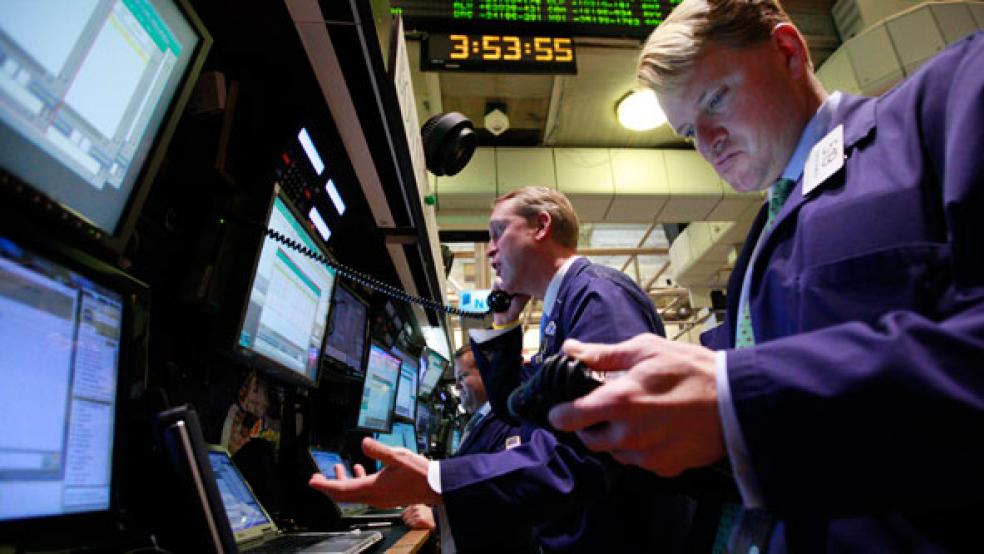Wall Street's post-election honeymoon with President Donald Trump is devolving into typical marital bickering as his controversial immigration ban and plans to clamp down on H-1B skilled worker visas is sending chills up the spines of many in the business world, especially in Silicon Valley.
This supports my long-term expectation for the Trump White House: The end of a multi-decade neo-con/neo-liberal globalization push that benefited big corporations to the detriment of the middle class and small businesses. The hallmark of this was a reorientation of the distribution of national income: Corporate profits (and thus, stock prices) surged to record highs while wages stagnated and the cost of living rose.
Related: The Top Threat to the US Economy? A Trump Trade War
If Trump continues with his unique mix of nationalist populism, this trend should reverse. Stocks could suffer along with profits; but wages, driven by a reduction in labor supply (fewer immigrants, both illegal and visa workers) and an increase in demand for American-made products (driven by trade barriers and "Twitter shaming" of CEOs to invest in U.S. factories).
Trump is also using various tools, from executive orders to tweets, to pressure individual companies to lower their prices. He has taken on Lockheed Martin (LMT) and its F-35 program. General Dynamics (GD) has been put on notice that the U.S. Navy needs new submarines at a lower cost. Automakers have been scrambling to tout their plans for investment and hiring in the United States. And drug makers have been warned they are getting away with "murder" and that the U.S. government could start bidding on medicine, driving down drug prices.
Adding to the change in investor sentiment are reports that Trump's tax reform plans — Wall Street had focused most on the chances of a corporate tax cut and a possible repatriation holiday — could be delayed until 2018.
Related: Trump Says Costs Be Damned as He Moves on Major Defense Buildup
The sudden realization that Trump may not be as beneficial to the big business establishment and thus Wall Street is coming at a time of unique vulnerability for stocks, which are coming off of one of the quietest four-year runs in market history and the lowest volatility December since 1900.
Years of aggressive monetary policy stimulus have kept stock prices inflated. But now the Federal Reserve is looking to tighten policy by raising rates. Higher labor costs resulting from Trump policies will pinch corporate profitability at a time when revenue growth has stalled (look at the likes of Apple (AAPL) and IBM (IBM)). A combination of higher interest rates and margin pressure will be toxic to stock prices as equity valuations are extremely stretched.
If investors had priced in a future that suddenly looks less likely, what do we make of last week's breakout to new highs? Conventional wisdom would suggest such a breakout from a multi-month sideways crawl would presage further gains. But according to Jason Goepfert at SentimenTrader, the evidence suggests this was a head fake designed to help the big funds exit positions ahead of a bout of weakness.
Related: Here’s the Big Threat to Americans That Trump Is Ignoring
Going back to 1928, when the S&P 500 has fallen one week and jumped 1 percent to a three-year high the following week, the average return in the next two weeks and four weeks was -0.2 percent and -0.4 percent respectively — much worse than the average gain of 0.5 percent and 0.9 percent for any random such periods. Moreover, six of the last seven instances were much worse than these averages, including the start of new bear markets in 1999 and 2007 (featuring one-year losses of 12.6 percent and 32.1 percent respectively).
Anthony Mirhaydari is founder of the Edge and Edge Pro investment advisory newsletters. A two-week and four-week free trial offer has been extended to readers of The Fiscal Times.






